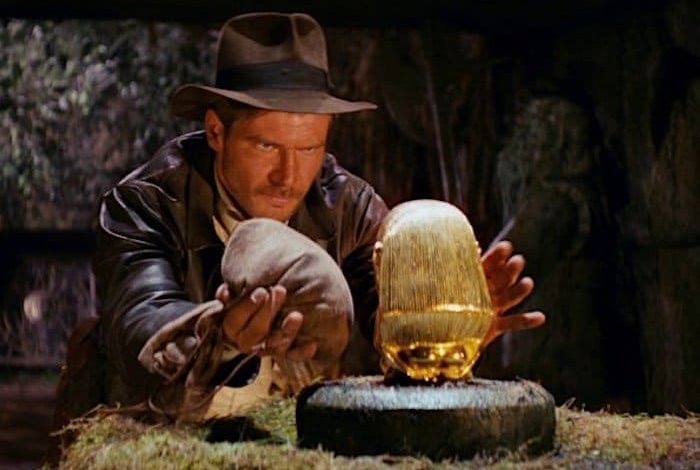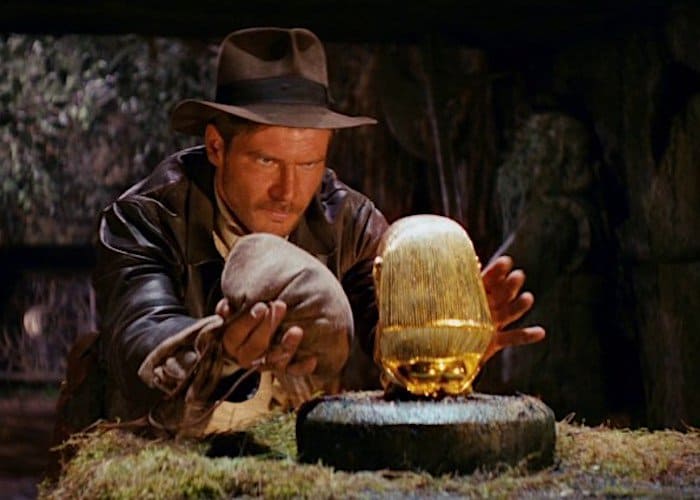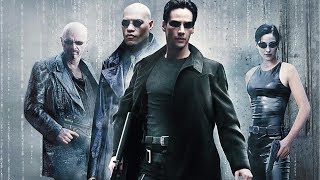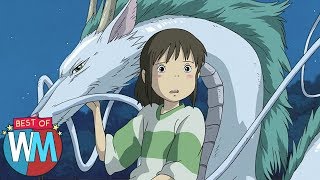How to Successfully Begin a Movie


The first moments we witness when we watch a movie are important. They determine our first impression, influencing our mindset for the rest of the film. This is why it is crucial for filmmakers to set the correct tone and establish elements of the story at the outset: without them doing so, the audience can be completely misled as to what the film is really about or aiming to achieve.
In a video essay on the closer look called “how to start a movie,” several examples are provided of how a movie’s opening sequence can provide a idea of what the viewer can expect from the movie they are about to see. while the goal of an opening sequence is to set up the elements of a story in an engaging way, the rules that go into doing this can also be broken to suit the needs of the film. watch the video below.
At the beginning of the essay three simple illustrations of what can constitute a good opening are provided, with the first strong> opening line of dialogue. the example used for this is andrew niccol’s lord of war, in which nicolas cage provides an opening line that effectively communicates that his character is an arms dealer looking to sell more weapons, showing that he is a money-focused and morally corrupt individual. while this is perhaps the most succinct tactic of the three, nailing down the perfect line of dialogue can be hard to bear with the weight of film exposition alone. Although a strong opening line is important in any film, one that fulfills this obligation in isolation from the other parts of the sequence is probably not that common.
the second is an indicative title card sequence; in other words, a series of shots that set the tone of the movie as the opening credits roll. this type of opening is only really possible if the movie has opening title cards. The example given is The Shining by Stanley Kubrick, where ominous music plays during an extreme wide shot of a car driving through the woods. the viewer automatically gets the impression that something creepy and unsettling is going to happen in the movie.
Thirdly, the title card sequence can be indicative with your text, even if there is no shot. We are shown a clip of monty python and the holy grail, in which the title cards slide over a black screen and the absurd subtitles at the bottom of the frame indicate the humorous nature of the film . before the film transitions to its opening shot, the final title cards begin to have bright flashing lights behind them instead of an empty black frame. then the flashing stops and the screen reads “england, 932 a.d.” this works to effectively disorient the audience and provides a sense of comic instability, and the viewer can infer that the film will take place in an environment of the same instability.
While there is an idea of what to expect from the film, can the quality of a film be determined from an opening sequence? In other words, what would a poorly crafted opening sequence mean for a movie? this question is actually addressed in the essay, using the opening of the razzie-winning the emoji movie. here the film addresses the audience directly with a narrator and describes the setting, resulting in telling rather than showing. one of the sole purposes of the film is to see a narrative unfold on screen, not to have it described to you.
However, I’d say that narration in an opening sequence can also work to the benefit of the movie, as long as it’s not the only element at play. let’s take the shape of water by guillermo del toro, whose opening scene shows elisa’s apartment submerged under water while the score plays, the camera slowly makes its way inside . there’s an ethereal quality about it, and we start to get a sense of the magical realism of the story. The narration that occurs simultaneously supports this by giving vague hints about the story to be told, calling Elisa “the princess without a voice”. here, it adds another layer of mystique and sets up the story elements without putting everything on the table.
Also praised for their opening sequences are the films in Christopher Nolan’s The Dark Knight trilogy for their character introductions. while batman begins focuses on bruce wayne’s character as a child and adult, the bank robbery scene that opens the dark knight introduces the joker, and a similar action scene opens the dark knight rises to introduce the villain Bane. What’s also notable about the last two movies, in particular, is that Bruce isn’t mentioned at all, but he doesn’t need to be; we are already familiar enough with our protagonist after the first movie.
an important note that is also emphasized is that these rules can always be broken, even if it seems to go against the instinct of what a story would establish. this includes starting with a scene that deviates from the chronology of the narrative. the closer look uses Raiders of the Lost Ark as an example. The movie opens with Indiana Jones stealing the gold idol and then on the run from the Aztec locals. The film then cuts to Jones teaching as a teacher in a classroom. By starting with this scene that has little relevance to the rest of the story, it gives us a taste of the action and adventure to come, and we’re not fooled into thinking that the film is primarily set in a university.
Also, many opening scenes may be separate from the story proper, being part of the rest of the narrative, but having little effect on it. examples include the beginnings of the dark knight, scream, and the matrix. what’s important to note about the matrix, in particular, is that it goes beyond instinct by not establishing the elements of the story, but instead raises questions about it: who are these characters, why do they have powers? these questions give the viewer the expectation that they will receive answers in the film.
The essay names logan as an example of a movie with a perfect opening, but I think this is somewhat subjective: is there such a thing as a perfect opening sequence? there are many ways an opening sequence could serve as a fantastic exposition, but in the end it just depends on the preference of the filmmaker. Logan is cited as providing an opening sequence that is both thoroughly entertaining for the audience and at the same time provides the tone of the film and the elements that establish it. but to say which movie does it better is a matter of opinion.
Other big theatrical releases do what they say to make Logan great, but they do it in a different way. The beginning of halloween comes to mind: the film opens through the eyes of a young michael myers, and the audience sees everything from his point of view. there’s suspense that kicks in right away: the audience must figure out who this person is and why what he’s doing is important. the events of that first sequence set the movie in motion, even though the rest of the movie didn’t take place until years later, because we are introduced to our antagonist committing the first known evil act of his. In addition to this, the scene is completely entertaining since the events that are going to happen are unpredictable for the audience. But while Halloween checks all these boxes in my book, there will always be someone who thinks a different movie did a superior job of achieving these goals.
In general, the beginning of a movie really has an impact on the rest: if it sets the right tone with that first impression on the viewer, then the movie has started on the right trajectory. without this, it is likely an indication of the film’s instability and inconsistency in tone and narrative. if the movie is aware of the story it’s telling, then the opening sequence will ultimately reflect this.
related topics: warlord, monty python and the holy grail, raiders of the lost ark, the dark knight, the shape of water, glitter, video

